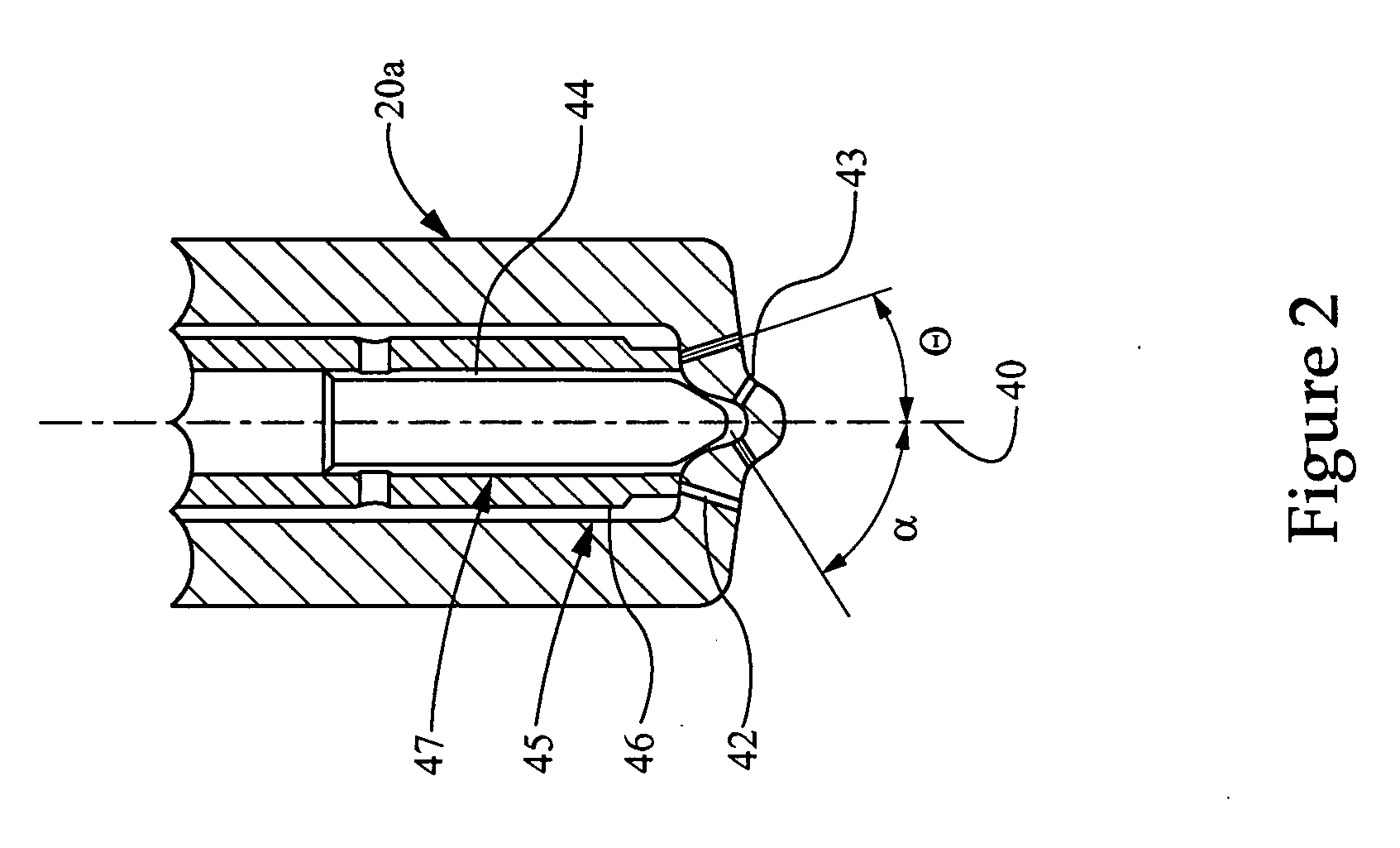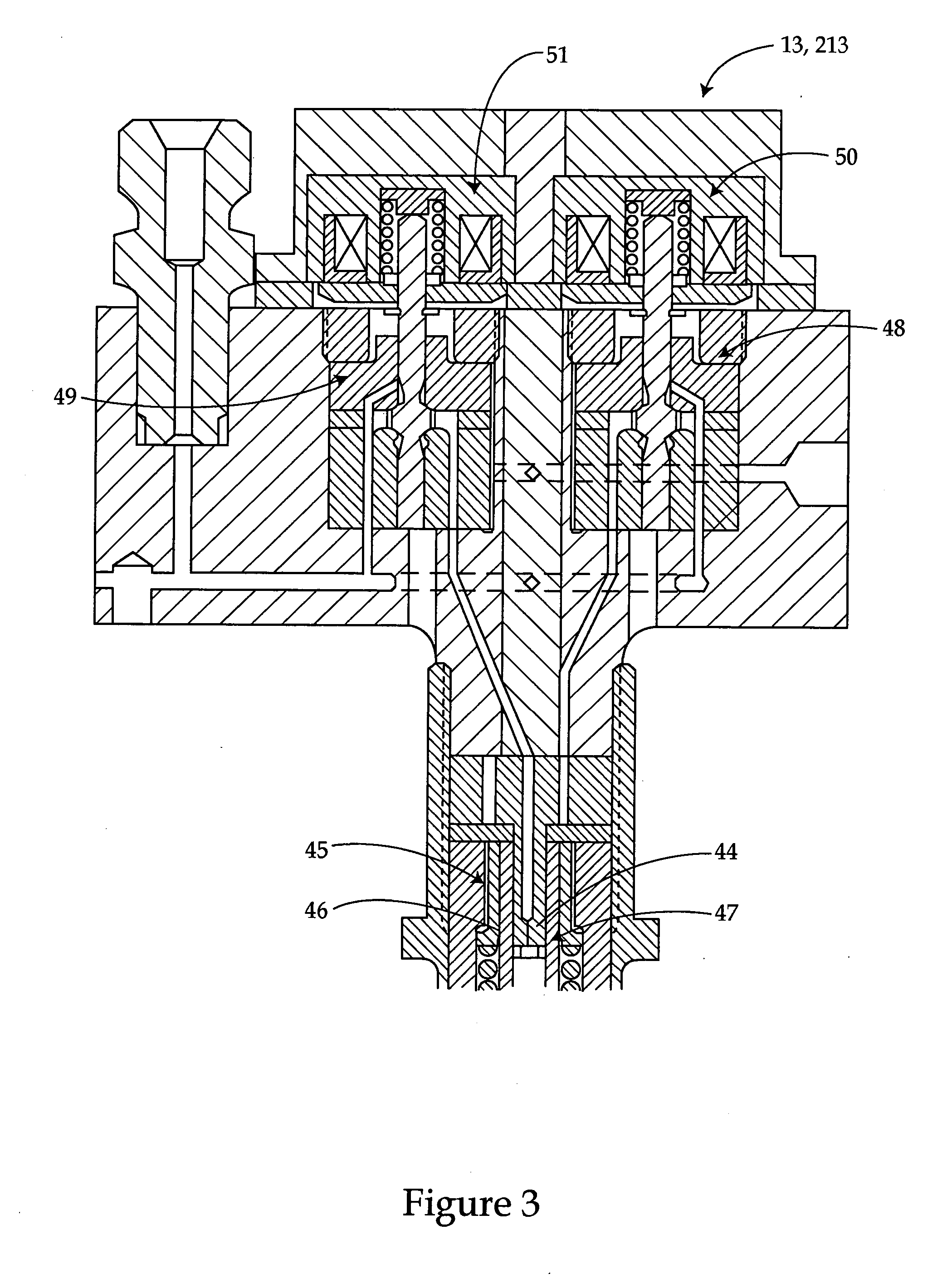On-board ammonia generation and exhaust after treatment system using same
an exhaust aftertreatment and ammonia generation technology, which is applied in the direction of electrical control, machine/engine, separation process, etc., can solve the problems of limited ammonia that can be created, ammonia tanks can consume valuable space within the engine system, and ammonia storage can be hazardous on board
- Summary
- Abstract
- Description
- Claims
- Application Information
AI Technical Summary
Benefits of technology
Problems solved by technology
Method used
Image
Examples
Embodiment Construction
[0015] Referring to FIG. 1, there is shown a schematic representation of an exhaust after-treatment system 12, according to the present disclosure. The exhaust after-treatment system 12 includes at least one combustion chamber 14 defined by an engine cylinder 13. Although the present disclosure contemplates only one combustion chamber 14, the exhaust after-treatment system 12 preferably includes a plurality of combustion chambers 14 divided into a first portion of combustion chambers 14a and a second portion of combustion chambers 14b. In the illustrated embodiment, the engine 10 includes six cylinders 13 defining the six combustion chambers 14 with one combustion chamber within the first portion 14a and five combustion chambers within the second portion 14b. For purposes of this discussion, the combustion chamber within the first portion 14a will be referred to as the first combustion chamber 14a. Those skilled in the art will appreciate that the number of combustion chambers 14 in...
PUM
 Login to View More
Login to View More Abstract
Description
Claims
Application Information
 Login to View More
Login to View More - R&D
- Intellectual Property
- Life Sciences
- Materials
- Tech Scout
- Unparalleled Data Quality
- Higher Quality Content
- 60% Fewer Hallucinations
Browse by: Latest US Patents, China's latest patents, Technical Efficacy Thesaurus, Application Domain, Technology Topic, Popular Technical Reports.
© 2025 PatSnap. All rights reserved.Legal|Privacy policy|Modern Slavery Act Transparency Statement|Sitemap|About US| Contact US: help@patsnap.com



